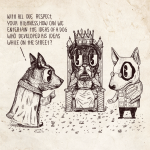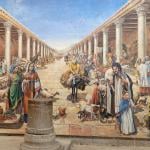During his 1842 tour of the US, Charles Dickens met a southerner who tried to convince him that harsh treatment of slaves was against the self-interest of Southern slaveholders. Dickens’s response was devastating: “I told him quietly that it was not a man’s interest to get drunk, or to steal, or to game, or to indulge in any other vice; but he did indulge in it for all that. That cruelty and abuse of irresponsible power were two of the... Read more




















